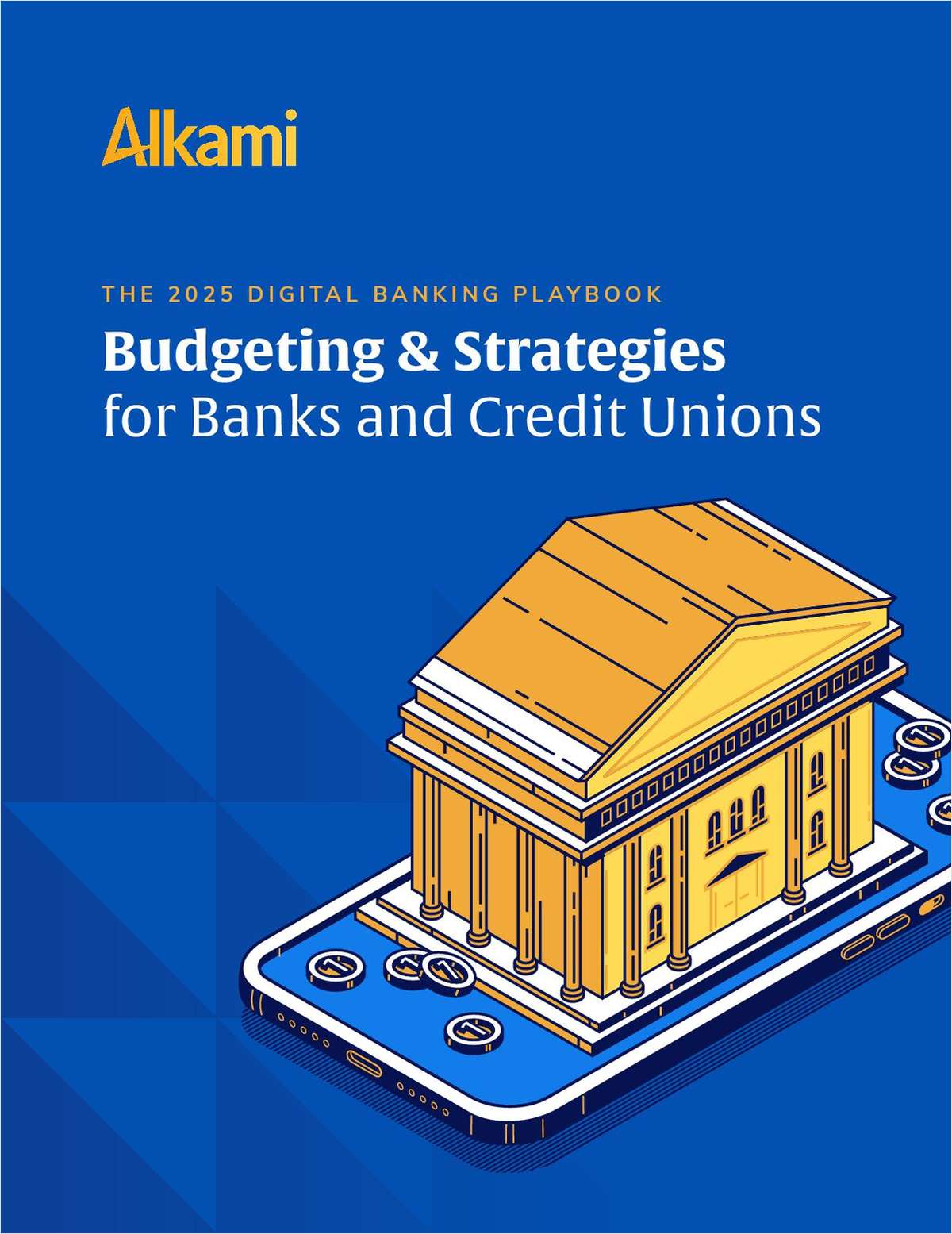WASHINGTON – After roughly seven hours of debate spread over February 19 and 20, CUNA's Board adopted a bank charter conversion resolution which, among other things, supports "legislative, regulatory and legal measures" that will seek to ensure that a credit union's senior management and board "are not unjustly enriched" from the conversion. The resolution also called for "appropriate penalties to be imposed for non-compliance with disclosures and other measures designed to protect the members." According to Don Larsen, CEO of the $10 million Community Credit Union, headquartered in Tacoma, Washington, secretary to the CUNA board, the resolution was first adopted by the organization's Government Affairs Committee and then passed on to the board. The resolution also urged "any credit union that might be considering changing ownership or governance to a bank or thrift charter to decide the issue solely on the basis of what is best for the members of the credit union and not for the management or directors." Larsen took the podium after John Siefken, former CEO of the $2.5 billion CEFCU credit union, headquartered in Peoria, Illinois, told the breakout session that in the early 1990′s advocates for charter conversion outlined for him how he could have walked away with roughly $3.5 million if the then $75 million CEFCU had converted its charter to mutual savings bank and then to a stock issuing bank. In a session handout Siefken included a hand written letter, dated June of 1993, from who he claimed was a former credit union trade association officer. The letter outlined how Siefken could have structured a deal that would have allowed him to make a good deal of money. Siefken stripped the letterhead and signature from the letter, noting that many in the room would "know this person" and suggesting that the former trade association officer may have had a change of heart about the issue in the intervening years. "A management retention program can be established for about 4% of the stock ($3.2 million). This is distributed at the end of the agreed upon service, generally 4 or 5 years," the letter read. "It is set up generally on this basis: Officers (management employees) 2-3% with 1% going to the CEO. Directors: 1-2%. The total allowed is normally 4%." The letter also outlined stock options as a possibility "OTS (Office Of Thrift Supervision) permits 10% to be divided as follows," the letter said. "Management 60-70%, directors 30-40%." Siefken noted that the credit union had grown to four or five times the size it was in 1993 and that the compensation could be expected to rise as well. "[Converting] the charter is an easy way to make some money," Siefken told the session. "But you have to look yourself in the face and also you have to face the Almighty," Seifert said. "That's just stealing, out and out stealing when you take money from people like this." Alan Theriault, CEO of CU Financial Services, which has served as a consultant for the majority of credit union to bank charter conversions, dismissed Siefken's comments as not being new and noted that he had not written the 1993 letter nor did he know who had. "Critics of these conversions have seized upon the compensation issue because it makes good headlines but greed is not what motivates these boards of directors," Theriault said. He also argued that a credit union seeking to serve its community can do more with a bank charter than with a credit union charter. "It's an indisputable fact that an institution can do more for its community, can offer better financial products and services, can open more branches if it's has a bank charter than as a credit union," Theriault said. "It's just incorrect to suggest that credit union boards are not working in the best interest of their members in these conversions." Theriault is concerned about people making more out of directors profiting from converting to a stock bank theory than is really there. He has even amended a story on his firm's Web site (www.cufinancial.com) entitled, The CEO & Director Salary Imbalance Is Corrected by Converting to a Mutual Bank Charter or a Stock Bank Charter, to delete the windfall potential of going to a stock bank. The article used to include the following: "The ownership vests over a five-year period. For example, assume a credit union with $50 million in capital converts to a stock bank with an IPO amount of $100 million, directors would share a $2 million grant of stock, and management would receive an equal grant. Each member of a five-director board would get $400,000 in stock, vested over five years, at the IPO value." The new version of the article deletes this language. Theriault said he made the change because too many people had quoted the article out of context and had used it to give too great an importance to what is only a tangential part of the issue. "All the boards I have worked with have only taken this step after reviewing the strong business case," for charter change, he added. -
Complete your profile to continue reading and get FREE access to CUTimes.com, part of your ALM digital membership.
Your access to unlimited CUTimes.com content isn’t changing.
Once you are an ALM digital member, you’ll receive:
- Breaking credit union news and analysis, on-site and via our newsletters and custom alerts
- Weekly Shared Accounts podcast featuring exclusive interviews with industry leaders
- Educational webcasts, white papers, and ebooks from industry thought leaders
- Critical coverage of the commercial real estate and financial advisory markets on our other ALM sites, GlobeSt.com and ThinkAdvisor.com
Already have an account? Sign In Now
© 2025 ALM Global, LLC, All Rights Reserved. Request academic re-use from www.copyright.com. All other uses, submit a request to [email protected]. For more information visit Asset & Logo Licensing.









